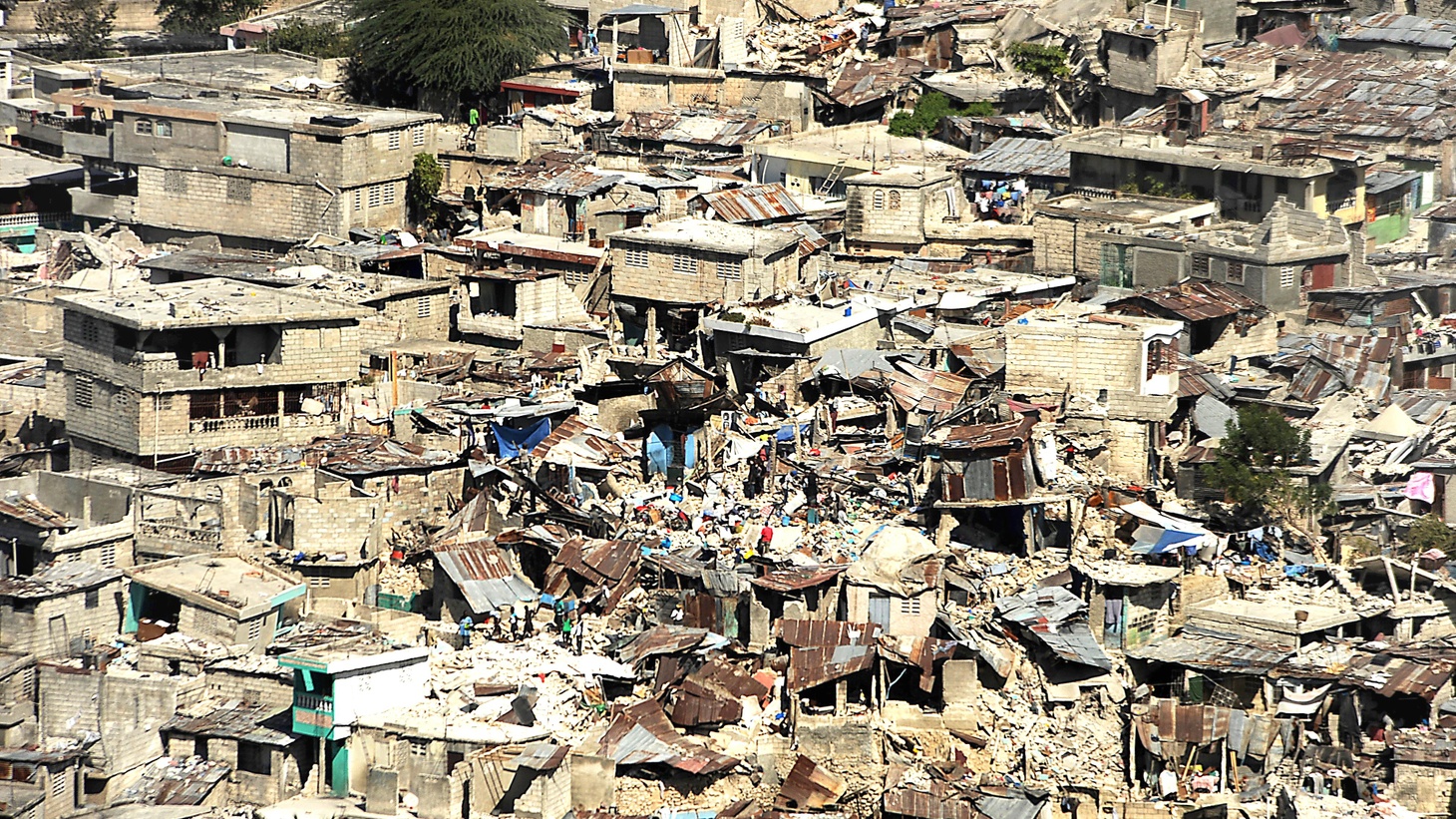WHO’S TO BLAME?
There are two main factors that explain why Haiti is still struggling to recover: the weakness of Haitian institutions and the disorganization of international aid. Haitians were victims of slow violence. Due to the poverty level in Haiti, its citizens were more susceptible to devastating effects. On top of that the combination of overcrowding, chaotic urban development, lack of resources to intervene on its territory and the skills of its staff has meant that the Haitian public administration has never been able to know the impacts of this earthquake. Haiti lies between two large tectonic plates, the North American and the Caribbean and its capital straddles this fault-line. Despite this knowledge and warnings from seismologists that another earthquake was likely to happen in the future, the country’s poverty meant that infrastructure and emergency services were not prepared to handle the effects of a natural disaster. Buildings that collapsed came as a consequence of Haiti’s lack of building codes. Haiti is also one of the most overpopulated countries on earth with Port-au-Prince being its most populated. Low-income individuals are largely concentrated in urban areas, like Port-au-Prince and are subject to poor environmental quality, human health, and quality of life. As the population of urban areas in Haiti grows it is hard to update the already poor infrastructure to meet the needs of so many people.

NGO’s are also to blame. Only around 10% of the funds committed to Haiti’s recovery have actually been spent there and aid contracts intended to provide work for Haitians have benefited foreign companies instead. Out of 1,500 U.S. contracts given out in the last year, only 20 went to Haitian-owned companies. Haiti was home to more foreign aid workers than any other country on earth and the presence of 12,000 NGOs failed to prevent a cholera epidemic that should never have happened. Many NGOs have shown a consistent failure to coordinate with locals to maximize their impact and avoid duplicated efforts. There was no co-ordination in the interventions of friendly countries in order to optimize the efforts on behalf of the victims.
